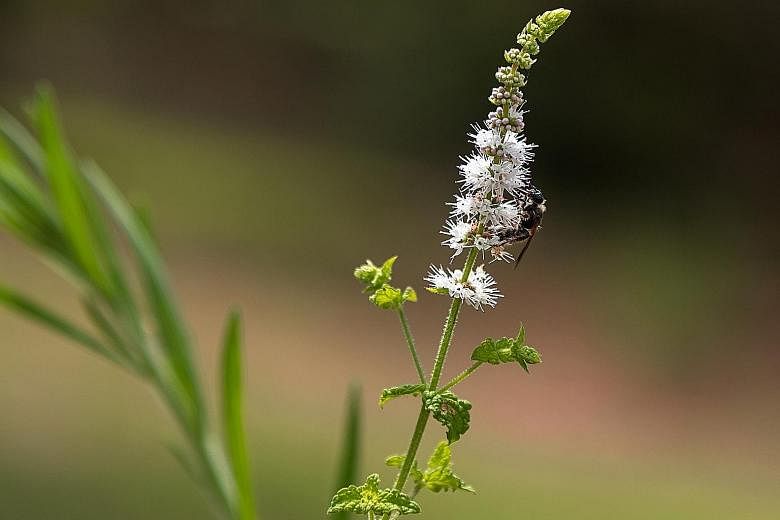Hot flushes and night sweats are the most common symptoms of menopause.
This female reproductive milestone is also often blamed for a host of other symptoms such as joint pain, insomnia, depression and mood swings, vaginal dryness and difficulty concentrating.
Hot flushes can last for years and be debilitating.
Conventional treatments such as hormone replacement therapy (HRT) and antidepressants come with risks. HRT increases the chance of developing potentially deadly clots in the leg veins, and a small increase in breast cancer risk has also been reported.
Because of these risks, women may turn to herbal products that are purportedly safer and have fewer side effects.
A native American root called black cohosh (Actaea racemosa) is included in many treatments for hot flushes.
The root has a long history of use in Europe and became popular around the world after getting German approval as a non-prescription drug for hot flushes in 2000.
Black cohosh is also used to treat arthritis and premenstrual syndrome.
The root and rhizome (the stalk of the root) of the plant contain a number of active ingredients, but how it works for menopausal symptoms is unclear.
DOES IT WORK?
Does black cohosh ease hot flushes? The evidence is inconclusive.
Some studies show it works, while others show that it does not. It is important to note that there is often a high placebo effect with hot-flush treatments.
In 2012, a Cochrane review compiled results from 16 studies that evaluated the effectiveness of black cohosh.
There was no difference in the number of weekly or daily hot flushes among women who received black cohosh and those who received a placebo.
The Cochrane authors were unable to make a definitive conclusion about how effective black cohosh was for menopausal symptoms for a number of reasons.
These included design flaws in many of the trials evaluated, differences in the types of herbal extract used and variations in the way symptoms were reported.
Some trials did not report the dosage for black cohosh, while the duration of treatment ranged from eight weeks to 12 months.
A more recent trial involving 84 menopausal women in Iran showed that those allocated to take a standardised extract of black cohosh (Cimifugol) reported an 82 per cent reduction in daily hot flushes, compared to 24 per cent in the placebo group, after eight weeks.
IS IT SAFE?
A 2008 review was conducted by a US dietary supplements expert committee after about 30 reports of liver failure in patients from the European Union, Canada and Australia (one death was reported), were "potentially associated" with black cohosh.
It found the liver toxicity was possibly linked to black cohosh. This means there is a very small risk of liver failure, which is potentially fatal, for those taking black cohosh.
Women should seek urgent medical attention if they develop abdominal pain, fatigue and have dark urine or jaundice.
It should be noted that clinical trials have not reported a link between black cohosh and liver failure, and the association may be due to other factors affecting liver health (such as alcohol consumption) or lack of quality control in commercial preparations.
That is to say black cohosh has not been proven to cause liver failure. Also, side effects from black cohosh are considered rare.
OTHER REMEDIES
In 2015, a large Australian survey of women aged 40 to 65 reported that 13 per cent of them took a complementary medicine for hot flushes.
Phytoestrogens such as red clover and soya isoflavones were the most popular.
There is evidence that these may reduce the number of hot flushes by 1.3 flushes a day.
Phytoestrogens are considered a relatively safe supplement.
Yoga, meditation and cognitive behavioural therapies also show promise.
Although black cohosh was the fourth-most-popular complementary therapy used, only 1.5 per cent of women used it.
Acupuncture was previously thought to be effective for hot flushes, but a 2016 Australian study reported no difference between real and sham acupuncture.
The inconclusive findings reflect some of the problems with complementary medicine research, includ- ing the use of varying doses and formulations, leading to difficulty in drawing conclusions.
•Dr Carolyn Ee is a senior research fellow at the National Institute of Complementary Medicine, Western Sydney University
•This article first appeared in The Conversation at http://theconversation.com, a website which carries analysis by academics and researchers

